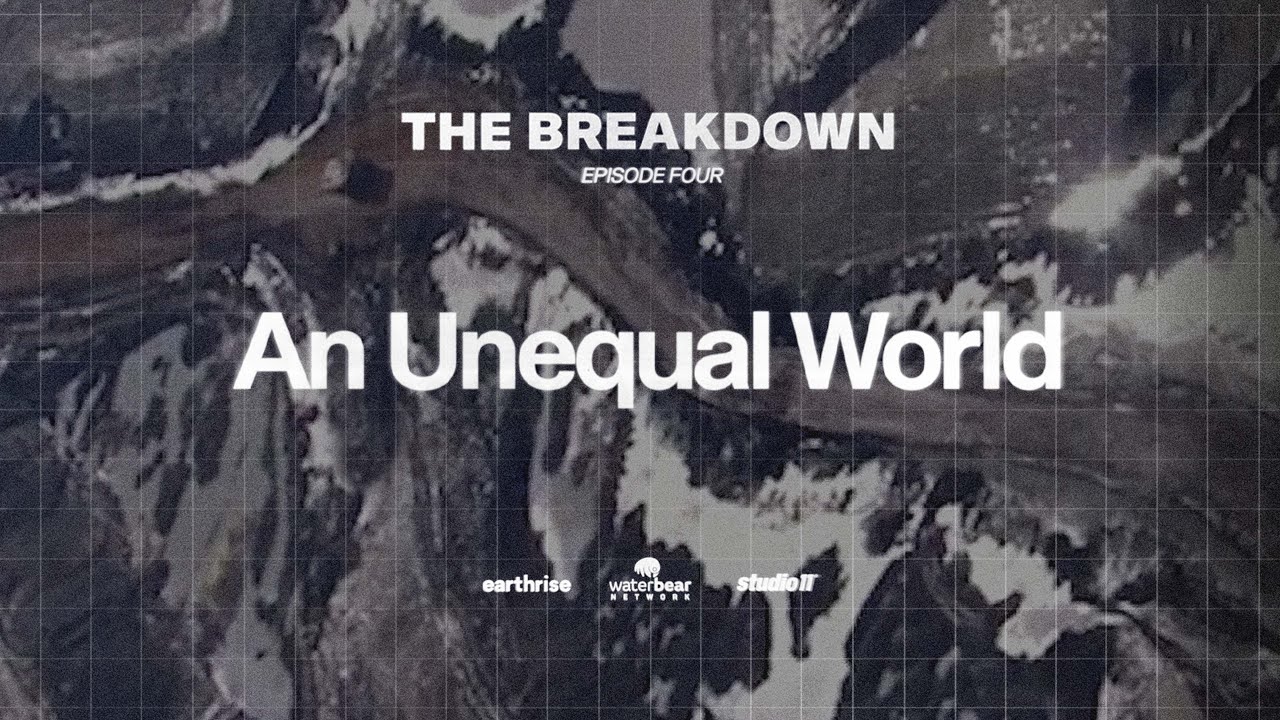This is just how unfair climate change is
Summary
TLDRThe video discusses the urgent need for climate justice, linking it to issues of racial and social equity. It highlights the disproportionate responsibility for carbon emissions, with wealthy nations historically emitting far more than poorer countries. Despite contributing least to climate change, vulnerable populations face the greatest impacts, such as extreme weather and food insecurity. The video emphasizes the need for reparations and accountability from polluting countries, alongside legal actions against corporations. Ultimately, it calls for a reevaluation of global economic systems to achieve a fair and sustainable future.
Takeaways
- 🌍 Climate justice is interconnected with racial, social, and intergenerational justice.
- 🔍 Understanding climate justice requires examining who causes climate change and who is affected by it.
- 📈 The U.S. emits significantly more CO2 per person compared to countries like Nigeria, highlighting global inequalities in carbon emissions.
- 📊 Historical emissions play a crucial role in current climate debates, as richer countries have contributed most to global CO2 levels.
- 💰 The wealthiest 1% of the population is responsible for double the emissions of the poorest 50%, emphasizing the need for equitable solutions.
- ⚖️ Climate injustices are felt most acutely in poorer nations, which are often the least responsible for climate change yet face the greatest impacts.
- 🌊 Rising sea levels and extreme weather events disproportionately affect vulnerable populations in developing countries like India.
- 🤝 Rich countries need to turn off their CO2 emissions and provide reparations to poorer countries for their historical contributions to climate change.
- 🌱 While some nations are investing in climate finance, the actual support has often fallen short of promised levels.
- ⚖️ Legal actions are being taken against governments and corporations for their roles in the climate crisis, pushing for accountability and justice.
Q & A
What is the connection between climate justice and other forms of justice?
-Climate justice is linked to racial, social, and intergenerational justice, emphasizing that addressing climate change also requires tackling inequalities.
How do carbon emissions differ among countries?
-The average carbon emissions per person vary widely: less than 1 grain for Nigerians, 2 grains for Indians, 7 grains for Chinese, 10 grains for Germans, and 17 grains for Americans, highlighting significant disparities.
Why are historical emissions significant in the discussion of climate justice?
-Historical emissions are important because they show that the Global North has contributed 92% of CO2 emissions beyond safe levels, while developing regions have contributed only 8%, affecting current climate responsibilities.
How do poorer countries experience the impacts of climate change despite lower emissions?
-Poorer countries face severe climate impacts, such as extreme weather events and food insecurity, even though they have contributed minimally to climate change, making them disproportionately vulnerable.
What role does inequality play within wealthy nations regarding climate change?
-In wealthy nations like the US and UK, racial minorities often have fewer resources to adapt to climate impacts, such as air conditioning or flood insurance, exacerbating the effects of climate change on these communities.
What measures can polluting countries take to address their climate responsibilities?
-Polluting countries can reduce emissions, remove existing CO2 from the atmosphere, and pay reparations to poorer countries for exceeding their fair share of emissions.
What are climate reparations and why are they necessary?
-Climate reparations involve compensating poorer nations for the ecological damage caused by wealthier countries. They are necessary to balance historical inequalities and provide support for adaptation and mitigation efforts.
What legal actions are being taken against polluting countries and companies?
-Activists are holding polluters accountable through legal cases, such as those brought against industrial nations in European courts and actions against companies like Royal Dutch Shell for their emissions.
What promises have rich countries made regarding climate finance?
-Rich countries promised to provide $100 billion annually in climate finance to poorer nations by 2020, but actual funding has often fallen short and primarily consisted of loans rather than grants.
How is climate justice being communicated to the public?
-The video series aims to raise awareness about the injustices of climate change through educational content, encouraging viewers to understand and engage with the topic.
Outlines

Этот раздел доступен только подписчикам платных тарифов. Пожалуйста, перейдите на платный тариф для доступа.
Перейти на платный тарифMindmap

Этот раздел доступен только подписчикам платных тарифов. Пожалуйста, перейдите на платный тариф для доступа.
Перейти на платный тарифKeywords

Этот раздел доступен только подписчикам платных тарифов. Пожалуйста, перейдите на платный тариф для доступа.
Перейти на платный тарифHighlights

Этот раздел доступен только подписчикам платных тарифов. Пожалуйста, перейдите на платный тариф для доступа.
Перейти на платный тарифTranscripts

Этот раздел доступен только подписчикам платных тарифов. Пожалуйста, перейдите на платный тариф для доступа.
Перейти на платный тарифПосмотреть больше похожих видео

Climate Justice is Social Justice

Climate justice can't happen without racial justice | David Lammy

Bryan Stevenson: We need to talk about an injustice

The disarming case to act right now on climate change | Greta Thunberg

FEU Public Intellectual Lecture Series | Leah Guerrero | Part 2

A Medical Mythbuster’s Mission to Improve Health Care | Joel Bervell | TED
5.0 / 5 (0 votes)
